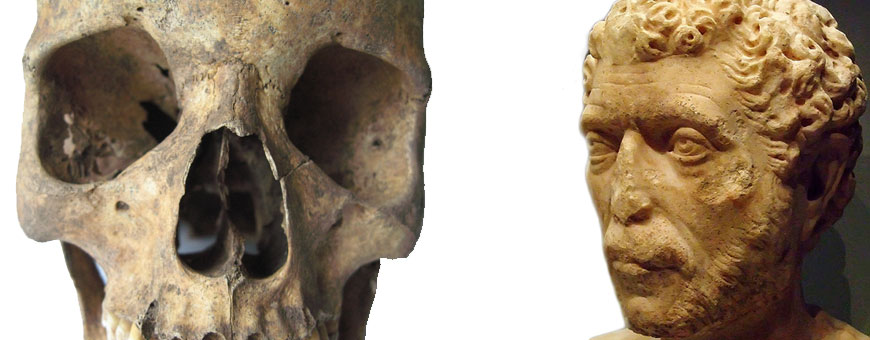
.
The 1,700 year old male skeleton of African decent has been discovered buried in Stratford-upon-Avon and indicates that people from Africa have been living in Warwickshire for far longer than previously thought. One of the many theories is that the man was a former Roman soldier who chose to retire in Stratford about 1,700 years ago.
Malin Holst of York Osteoarchaeology Ltd explained how she had identified elements of the mature African male skeleton in bones unearthed from a Roman period cemetery in Stratford-upon-Avon.
The man’s teeth showed evidence of illness in childhood and abscess before death.
Stuart Palmer of Warwickshire County Council’s ‘Archaeology Warwickshire’ is studying the find, and said: “African skeletons have previously been found in large Romano-British towns like York and African units are known to have formed part of the Hadrian’s Wall garrison, but we had no reason to expect any in Warwickshire and certainly not in a community as small as Roman Stratford.”
The skeletal remains revealed that the man was heavily built and the bones in his central spine showed he was used to carrying heavy loads. Curved dental wear in the upper jaw was probably related to a task he regularly performed with his teeth.
An injury to his shoulder must have been all the worse for his arthritis which was also evident in his hips and lower back. Before he died he suffered from a severe inflammation of the right shin and a painful infection from a dental abscess made his last moments a misery.
Further analysis of his teeth showed that his childhood was plagued by disease or malnutrition, however, the final cause of his death is still a mystery.
Currently there is no evidence to suggest where exactly he was born – though he is definitely of African descent – and whether he was from North Africa or sub Saharan Africa. There is still much work to be done to find out more about his birth, life and death; he could for instance have been a merchant, though, based on the evidence of the skeletal pathology it is more likely that he was a person who was used to manual labour.
There is no direct evidence to suggest he was a slave, and none that can link him with being a veteran soldier who has been given land to farm on his retirement from the army. Studies in York for example show the African population in this Roman town was more likely to be from a well off group in society, than any of the other lower orders.
Investigation into the man’s background is continuing and analysis of oxygen and strontium isotopes within his teeth might shed further light on his early life, but there is currently no funding available for such work. Without this, his story, which is one that stirs the imagination, may remain forever a mystery.

See BBCNewsworld

